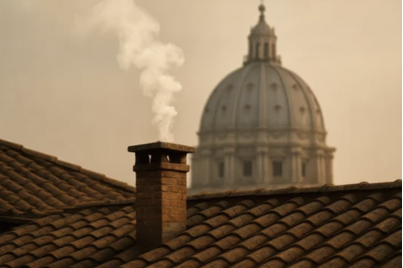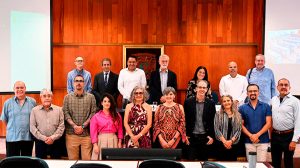Pope Francis Brought the Church Closer to the Vulnerable
In his first public greeting as Pope Francis on Wednesday, March 13, 2013, from the central balcony of St. Peter’s Basilica, Jorge Mario Bergoglio (Argentina, 1936) used the opening words of his speech to make a clear statement of principles and outline the direction his papacy would take in reaching out to the faithful.
According to Jorge Eugenio Traslosheros Hernández from the Institute of Historical Research (IIH), “Pope Francis’s style is unique—his personality, his way of being. He was the bishop who rode the subway in Buenos Aires, a man with a great sense of humor who never took himself too seriously.”
Traslosheros Hernández further noted that his vision sought a “reformist perspective, an outward-looking Church marked by growing compassion. This is where Francis truly addressed the most sensitive issues. The Church stopped being primarily a Western institution and became truly universal. Today, there are cardinals from every corner of the world. It is no longer an Europe-centered Church.”
Guillermo Hurtado from the Institute of Philosophical Research pointed out another key aspect of Pope Francis’s legacy: his focus on renewing certain structures within the Catholic Church. “He emphasized synodality, meaning his vision of the Church not merely as a bureaucratic hierarchy with priests on one side and the people on the other, but as an organic structure where everyone, especially laypeople, can participate,” he explained.
Meanwhile, Martín Ríos Saloma, also a researcher at the IIH, added, “The Church defines itself as always being in a state of reform, following the Latin phrase Ecclesia semper reformanda est. This reform involves a return to its origins—to the early Christian community, where communal life and spiritual care were the most important aspects.”










